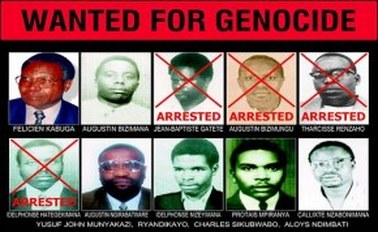
Here is information on 177 of them: name, what they are accused of, probable whereabouts, interpol arrest warrant status, official extradition in host country, mention in the media, application for asylum and whether they were indicted in their host countries. All source information was publicly available.
Glancing at the list one thing immediately becomes intriguing: look at what crimes were sought for investigation and prosecution? This reveals a somewhat more complex problem. Of all the violence undertaken in 1994 (discriminatory behavior, interstate war, civil war, genocide, random violence and sexual violence) there have only been some activities that resulted in identification as well as investigation and thus only certain criminals that were pursued by diverse institutions. When mandates of legal proceedings have been questioned or rarely still attempted to be changed (e.g., in the International Criminal Tribunal on Rwanda when they attempted to consider the behavior of the Rwandan Patriotic Front), the current Rwandan government employed diverse procedures for retracting the effort and the dismissal of those that attempted to change the mandate. As a result, the focus has been exclusively on those that committed genocide and crimes against humanity. Now, this is clearly under the jurisdiction of international law and these people should be pursued. At the same time, there are other criminals who have evaded identification, pursuit and persecution.
For example, what about pursuing the individuals that engaged in discriminatory activity against ethnic Tutsi before 1990? Isn't it illegal for people to harass, beat, restrict, hinder, terrorize and discourage specific parts of their population from engaging in political, economic or cultural life? What about the members of the Ugandan and RPF forces that engaged in interstate war/invasion? Isn't it illegal for a group of individuals to invade another country. What about the members of the RPF that engaged in interstate invasion of the DRC after the genocide? Isn't it illegal to invade a second country after invading the first? These crimes have not been considered but they also fall under international law. Don't they?

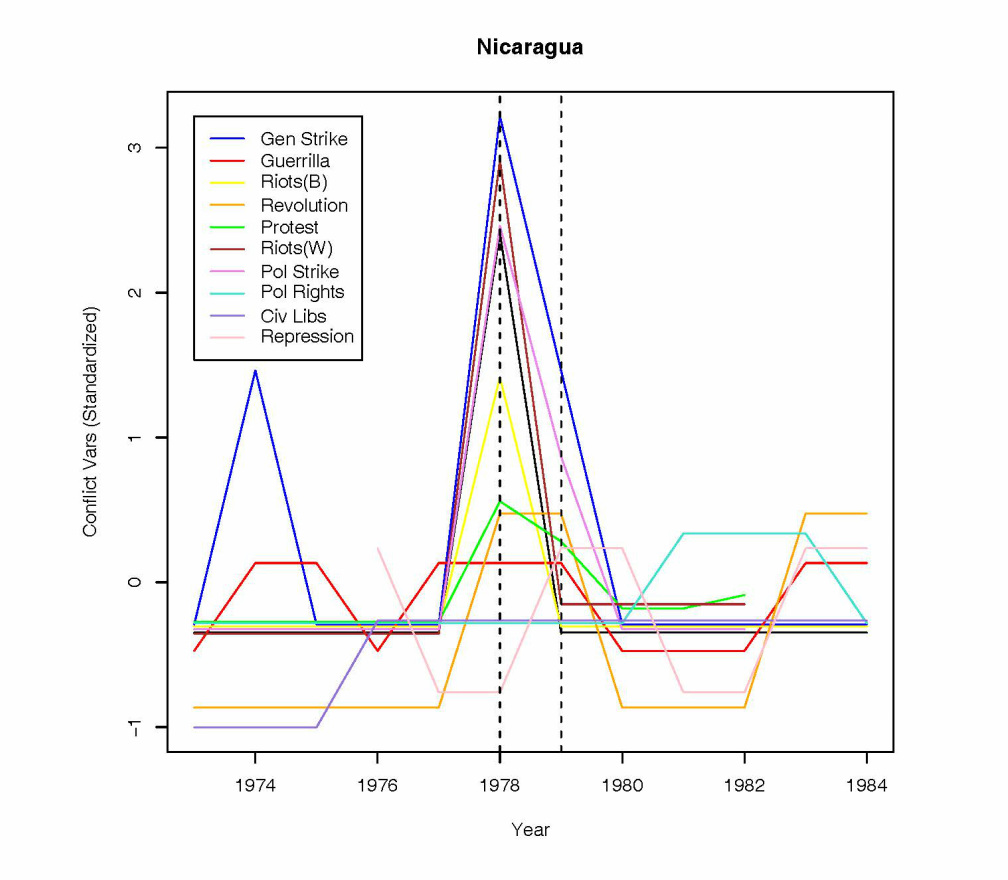
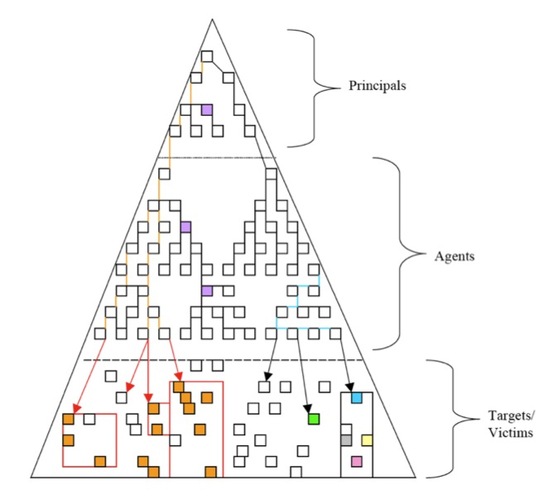
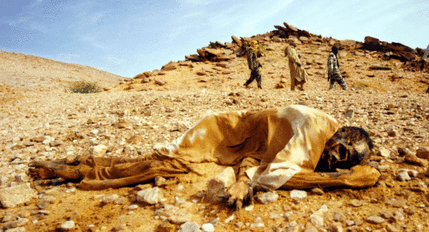

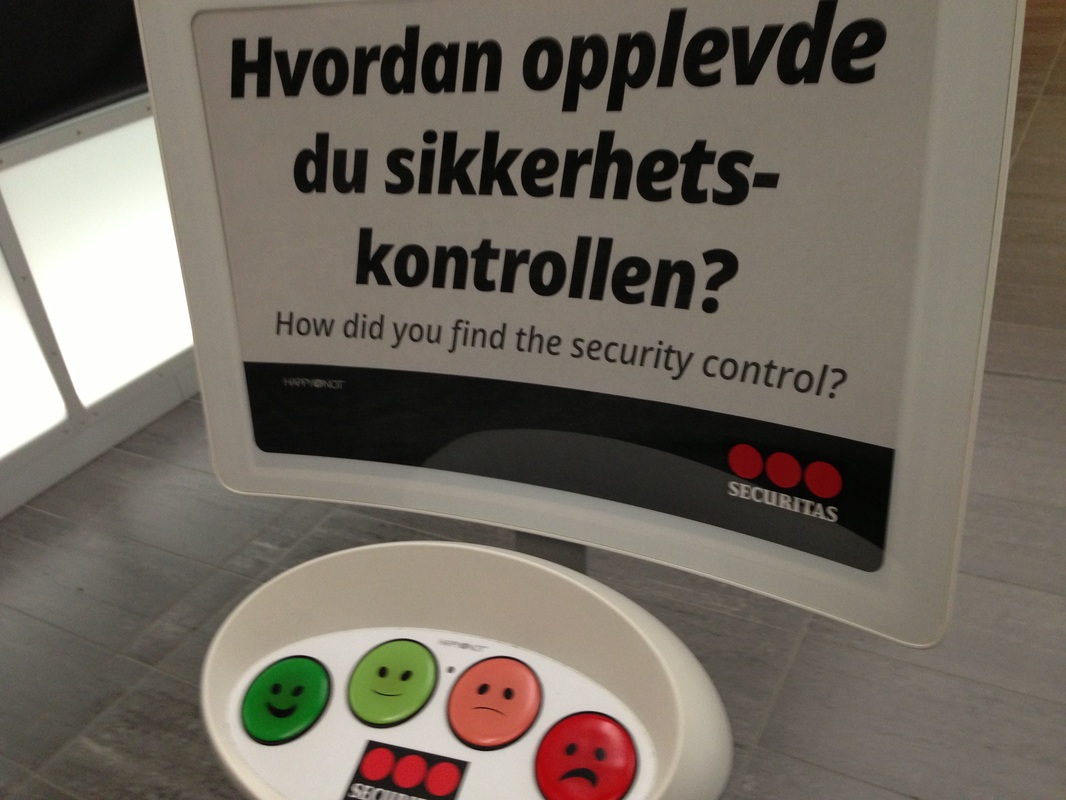


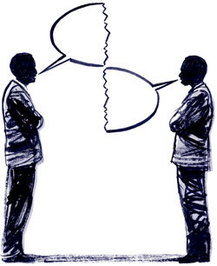
 RSS Feed
RSS Feed
